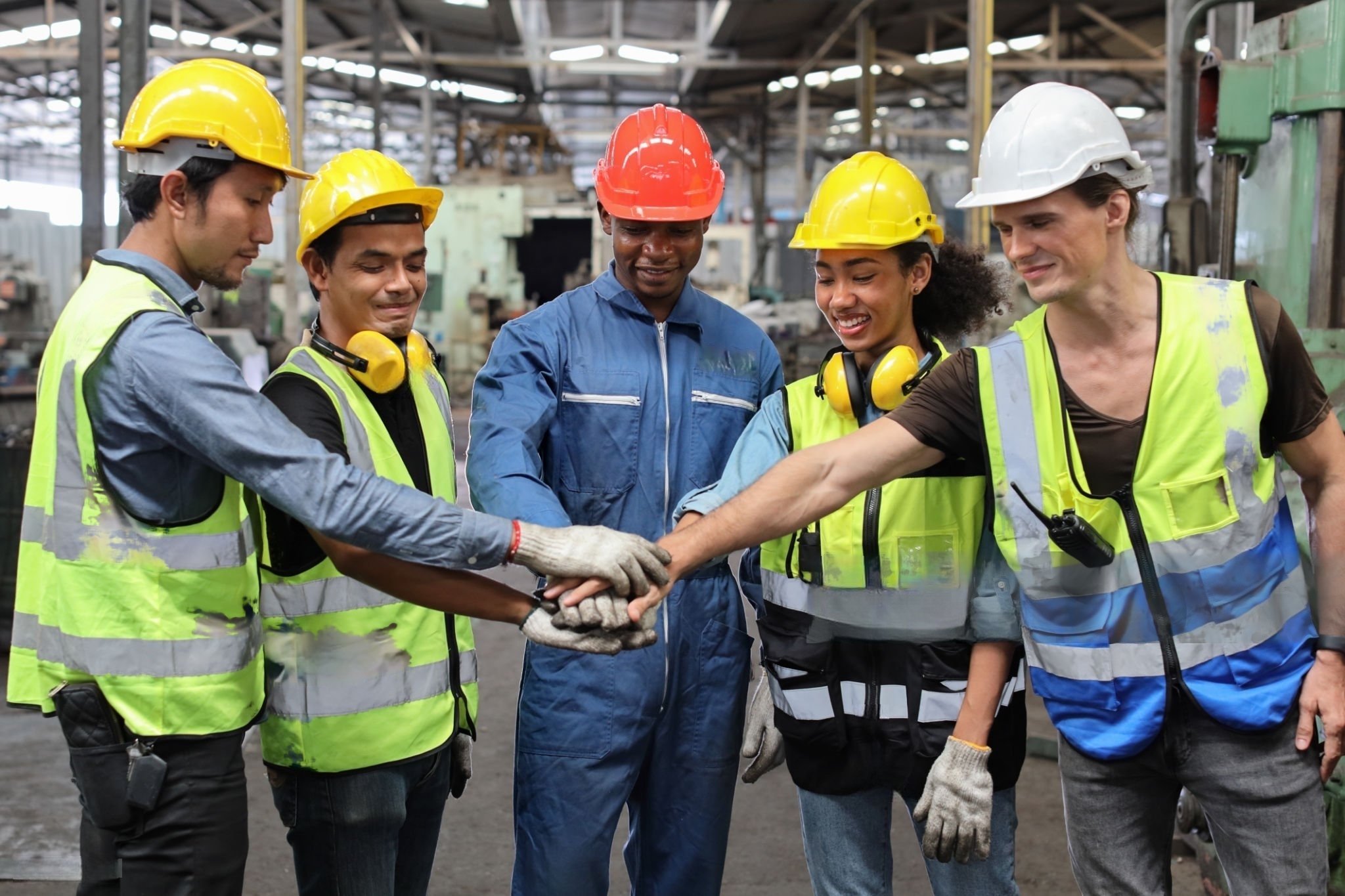600,000 skilled migrants are still underutilized, and Australia faces a skills crisis. Find more about the proposed changes to the system for recognizing qualifications.

Australia is experiencing a severe skills shortage in a number of industries, but because of a convoluted and expensive qualification recognition system, over 600,000 talented migrants are still underutilized. Pressure is growing for comprehensive reforms that might unlock billions of dollars in economic gains as the federal election draws near.
The Problem: A Prepared but Limited Workforce
The Problem’s Scale
Nearly 45% of permanent migrants, or 621,000 professionals, work in jobs that are below their skill level, per Deloitte data. This comprises:
- More than 201,000 individuals with management and business qualifications
- More than 80,000 skilled Engineers
- Over 50,000 highly qualified Medical professionals
Despite these credentials, talented workers find it difficult to find positions that align with their skills, which causes sectors to struggle with ongoing labor shortages.
Principal Obstacles to Employment
Recognition of Complex Skills
Australia’s disjointed, costly, and delayed skills recognition system is one of the main challenges that migrants must overcome:
- A complex web of licensing bodies and evaluation procedures
- Exorbitant expenses that frequently fall solely on newcomers
- Barriers related to language and bureaucracy that postpone employment preparation
Time and Money Expenses
A foreign-trained general practitioner, for instance, could have to wait 35–130 weeks and pay up to $51,000 before they can practice in Australia. These expenses frequently discourage talented migrants from seeking employment in their industry since there are no government lending programs or subsidies.
Solutions Suggested: A Simplified Method
Major reforms have been demanded by a coalition of employer and union groups to address the skills mismatch, including:
- Creating a National Authority for Skills Recognition
- A single governance organization to manage qualification recognition and assessment.
2. Financial Support for Refugees
- Financing programs or means-tested subsidies to reduce up-front expenses.
3. Support Centers in the Area
- Information centers to help professionals navigate the recognition procedure in high-migrant areas.
According to estimates, integrating skilled migrants fully might increase Australia’s GDP by up to $9 billion a year.
Government and Public Reaction
Support from the Public for Reform
According to a recent Essential survey of 1,132 voters, 61% of respondents are in favor of accepting credentials from other countries as long as precautions are in place. A comparable proportion also concurred that these reforms would successfully address the lack of workers in vital industries like healthcare and construction.
Government Initiatives and Prospects
The Australian government has made some efforts to make the process more efficient, especially in fields like building and nursing. In order to cut wait periods by up to 12 months, competent nurses from six similar nations—including the US and the UK—will be able to register more quickly starting in March.
Broader systemic changes are still unknown, though. Although it has acknowledged continuous attempts to enhance skills recognition, the government has not fully embraced the coalition’s recommendations.
The Way Ahead
Given the increasing demand from both the public and commercial sectors, Australia has a big chance to close the talent gap between industries in need of qualified workers and talented migrants. Resolving the qualification recognition system’s inefficiencies is not only a labor issue; it is also a business necessity.

